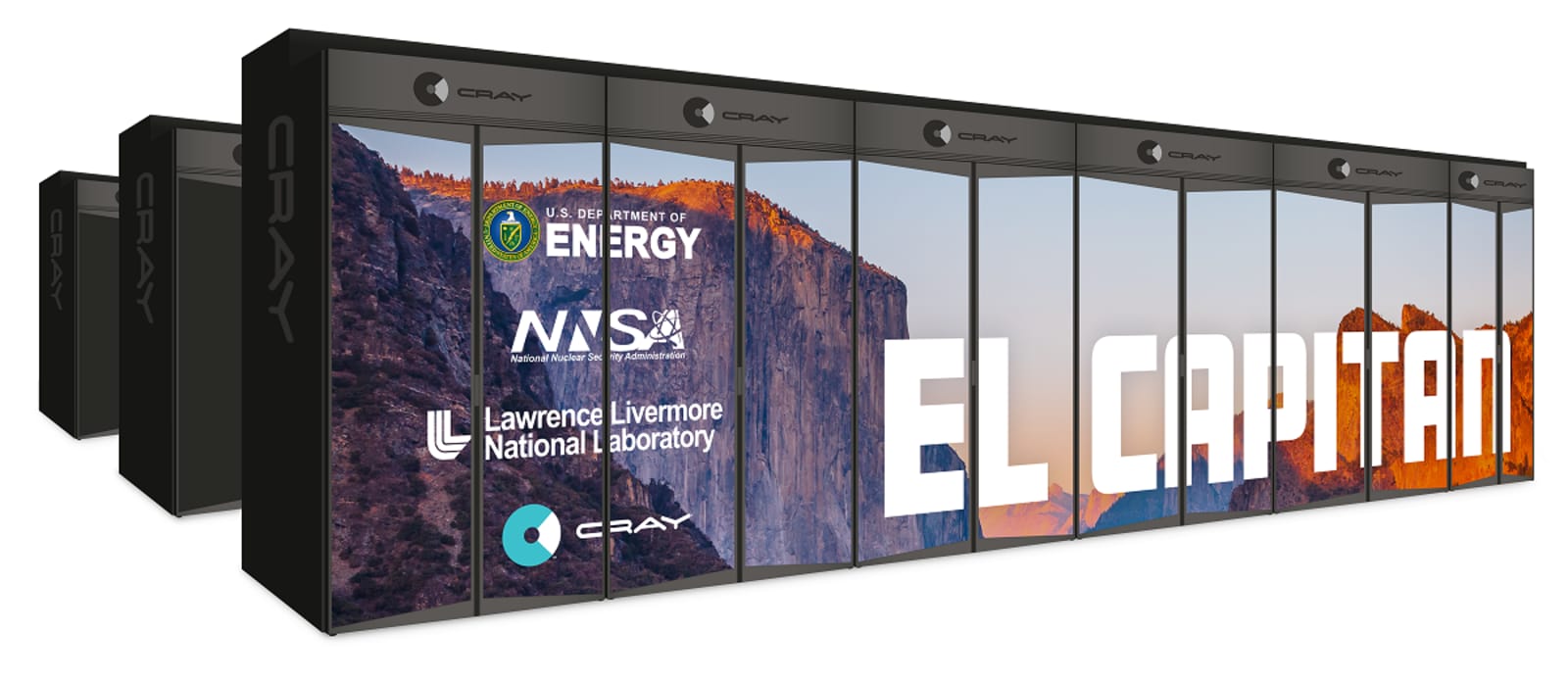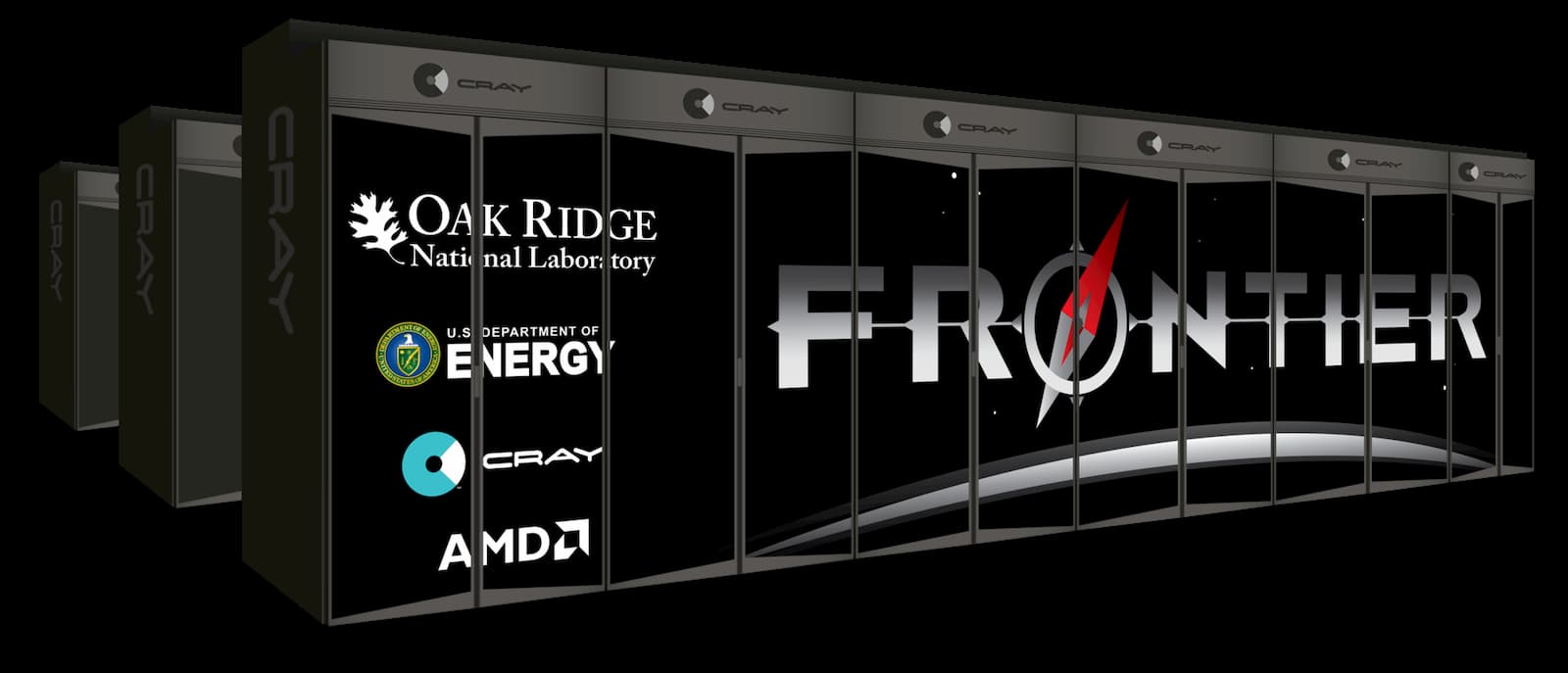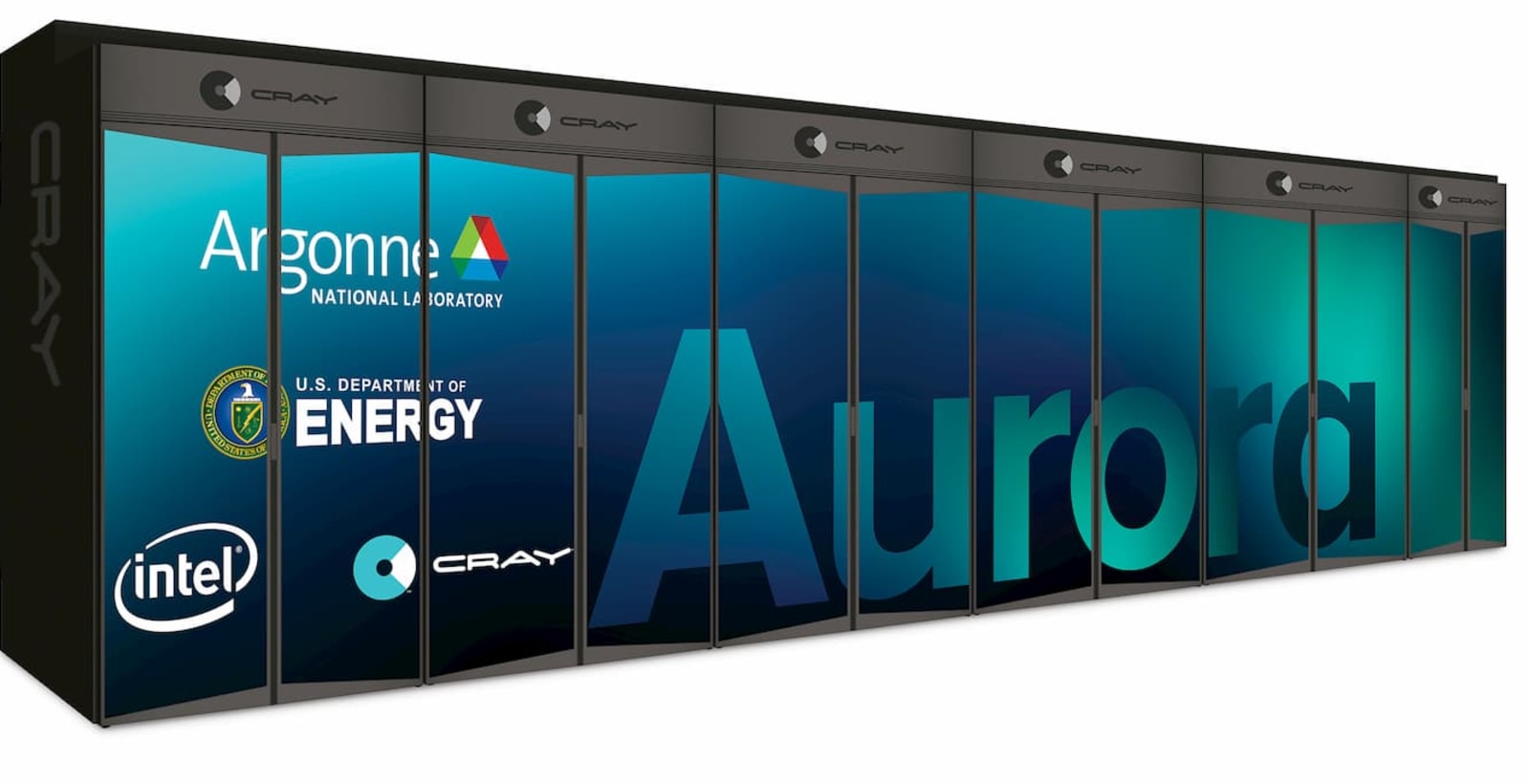
ASTRON has enlisted the help of
IBM to lead a five-year, $43 million project to develop and build a supercomputer for the new
Square Kilometer Array. The SKA is a $2.1 billion initiative to construct the world's largest radio telescope across a 3,000km strip of Australia or South Africa. It's hoped to be around 50 times as powerful as the dishes we currently point heavenward and will be used to examine the deepest reaches of space to learn more about the formation of the universe. When it goes live in 2024, it'll produce an Exabyte of data
each day: twice as much information as there is traffic on the internet in the same period. Of course, no existing computer could handle the job, so Big Blue has a slim 12 years in which to turn nascent technologies like Nanophotonics,
3D chip stacking and
phase change memory amongst others into a practical, workable
Exascale computer. Its either that, or somehow daisy-chain 100 million PCs with enough power and cooling fans to keep it all working and hope for the best. If you'd like to know more, then head on past the break, although unfortunately it won't count as college credit.
Continue reading IBM: 'We must build an Exascale computer before 2024' (video)
IBM: 'We must build an Exascale computer before 2024' (video) originally appeared on Engadget on Mon, 02 Apr 2012 05:06:00 EDT. Please see our terms for use of feeds.
Permalink | |
Email this |
Comments
 Supercomputers are used for everything from mapping weather patterns to developing medicine –- now, they're looking after the nation's nuclear stockpile. The US Department of Energy (DOE) and National Nuclear Security Administration (NNSA) have...
Supercomputers are used for everything from mapping weather patterns to developing medicine –- now, they're looking after the nation's nuclear stockpile. The US Department of Energy (DOE) and National Nuclear Security Administration (NNSA) have...
 Supercomputers are used for everything from mapping weather patterns to developing medicine –- now, they're looking after the nation's nuclear stockpile. The US Department of Energy (DOE) and National Nuclear Security Administration (NNSA) have...
Supercomputers are used for everything from mapping weather patterns to developing medicine –- now, they're looking after the nation's nuclear stockpile. The US Department of Energy (DOE) and National Nuclear Security Administration (NNSA) have...
 The US may be set to hang onto the crown of having the world's most powerful supercomputer for some time. Cray Computing and AMD are building an exascale machine with the Oak Ridge National Laboratory. The system is set to debut in 2021, the same yea...
The US may be set to hang onto the crown of having the world's most powerful supercomputer for some time. Cray Computing and AMD are building an exascale machine with the Oak Ridge National Laboratory. The system is set to debut in 2021, the same yea...
 The US might currently have the world's most powerful supercomputer, but it isn't resting on its laurels. An international race is on to build exascale supercomputers (systems capable of a quintillion calculations per second) and today, Secretary of...
The US might currently have the world's most powerful supercomputer, but it isn't resting on its laurels. An international race is on to build exascale supercomputers (systems capable of a quintillion calculations per second) and today, Secretary of...
 Supercomputers are a crucial research tool for medicine, aviation, robots and weapons, but there are only three dominant players: The US, Japan and China. Europe has had enough of that situation, however, and announced plans to spend up to $1.2 billi...
Supercomputers are a crucial research tool for medicine, aviation, robots and weapons, but there are only three dominant players: The US, Japan and China. Europe has had enough of that situation, however, and announced plans to spend up to $1.2 billi...





